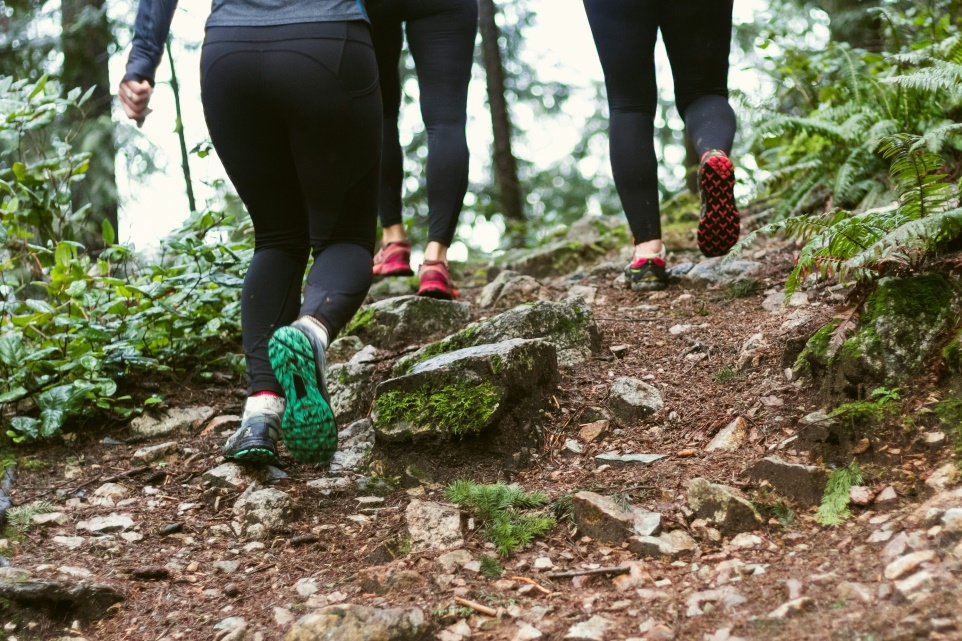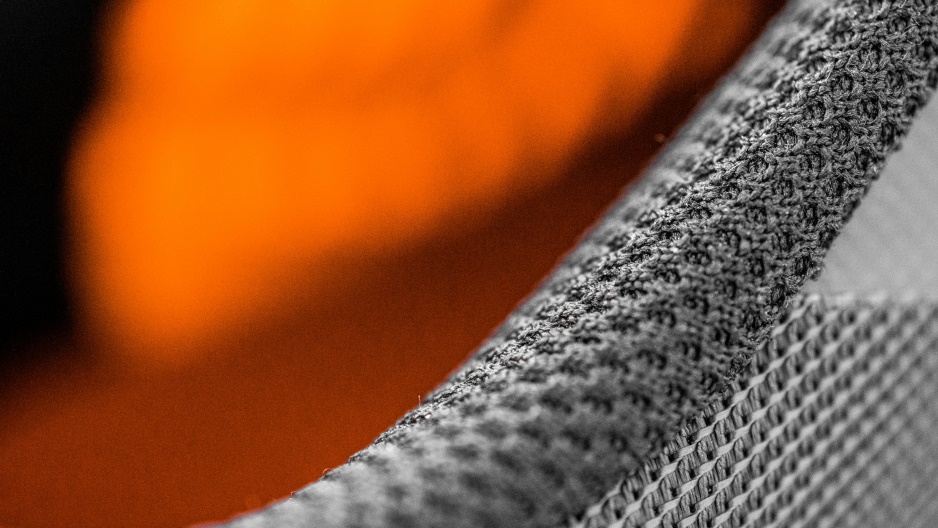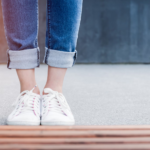Running is a high-impact exercise, and without the right pair of shoes, you are likely to hurt your joints, tear ligaments, fall, skid, or lose a race. So, if you are wondering what is best for running shoes, remember that the ideal pair will lend you ample support, cushioning, flexibility, and stability for optimal safety, endurance, speed, and performance.
So, before you start shopping online, it is advisable to have a fair understanding of the common types of running shoes as well as the materials that go into making them.
Explore the Types of Running Shoes
There is no one, simple answer to what is best for running shoes, since every runner has a different physiology, style, need, and preference. However, such shoes are generally categorised based on your foot type, the kind of surface you will be running on, and any additional movement. Let’s delve into each category:
1. Based on Type of Foot
Neutral: These shoes are perfect if you have neutral pronation or your legs and ankles are well-aligned and your foot naturally rolls inwards by a maximum of 15%. Since your body weight is distributed evenly and your foot touches the ground completely, neutral shoes have heels with more cushioning than in the arches. Soft midsoles and less weight add to the appeal.
Stability: Running shoes of this type address overpronation, which means they are suitable if you have weak hips or flat feet and your feet roll excessively inwards when they hit the ground. Stability shoes are firm and prevent problems like shin splints, Achilles tendonitis, runner’s knee, and IT band syndrome. The midsoles in such shoes come with supportive features often made with dense ethylene vinyl acetate (EVA) foam.
Motion Control: High-stability or motion-control shoes are usually crafted for runners who weigh more than 180 pounds and have flat feet. These running shoes are a little heavy, have straight shapes slightly stiff heels, and wide-base outsoles. If you tend to get injured frequently or have specific leg, foot, or gait problems, these shoes can help with arch reinforcement and dense foam.
2. Based on the Surface

Trail: What is best for running shoes when it comes to navigating rocks, mud, snow, tree roots, and more? Trail shoes, as their outsoles feature thick lugs for improved traction and they repel water effectively. A tad stiff, these shoes protect your feet and offer adequate support.
Road: Apt for treadmills, pavements, sidewalks, and tracks, road shoes have comparatively smoother and flatter outsoles. These running shoes absorb shocks well, are light, and ensure flexibility. Owing to a mesh upper, they dry quickly too.
Track: While road shoes are often used for track workouts, racing flats or spikes (made of metal or plastic) can give you a better edge during competitions. Spike shoes are stiff, have impressive traction, work in all weather conditions, and make sprinting easier. They are extremely light but lack cushioning.
3. Based on Additional Movement
Max Cushion: Maximum cushioning is best for running shoes if you want to run long distances, recover fast, and give your feet extra protection against shocks. The cushioning in such shoes is soft yet stable as well as responsive and light in weight.
Maximalist: A tall cushioned base is the distinctive feature of maximalist shoes. Big and equipped with a wide base, these shoes have an impressive stack height. If you don’t want to wear down your joints or are running after an injury, maximalist shoes can offer the stability, support, and protection you need.
Minimalist and Zero-Drop: Minimalist running shoes have a very low drop between the heel and the toe. And zero-drop ones are flat and give you the feeling of running barefoot. When you wear such shoes, your feet get stronger, your balance improves, and you develop better awareness of the ground and surroundings. Zero-drop pairs are especially suitable if you suffer from pain in the balls of your feet.
Carbon-Plated: Shoes with carbon plating give you more energy, efficiency, and comfort while running. They feature responsive foam that is super light and cushion your feet sufficiently for miles.
Materials Used in Running Shoes
Materials are an important consideration when you are wondering about what is best for running shoes. Now, depending on the shoe category and model, the materials used might vary. However, here are the common ones you will find in many:
1. Upper

Knit: Flexible, comfy, and stretchy, the knit material is perfect for wide feet and causes minimal to zero irritation. However, they are not very water-repellent and unsuitable for trail runs.
Engineered Mesh: This material is polyester or nylon-based, more durable than knit, and light too. However, the fit might be quite snug and you might need a break-in period.
Jacquard Mesh: Breathable, lightweight, and made from polyester, jacquard mesh gives you a soft and smooth feel. It wicks away moisture effectively too.
2. Midsole
Thermoplastic Polyurethane (TPU): Though a little firm and heavy, TPU lends ample cushioning, grip, comfort, and durability. It acts like rubber or plastic.
Compression-Moulded EVA: Commonly used and durable, this material costs the least among different foams. Also, it tends to become stiff when the temperature falls.
Polyether Block Amide (PEBA): This premium material is temperature-resistant, super responsive, and quite light. It also provides more energy than other materials during runs.
Dual Density or Multi-Density: As the name indicates, these midsoles come with materials that have two (or more) different densities. Shoes for overpronation generally have such midsoles.
Supercritical: Made using a supercritical fluid foaming procedure, this type of foam provides high energy return and is extremely light. A polyurethane or EVA material combined with a gas subjected to specific temperature and pressure conditions helps in crafting this unique foam.
3. Outsole
Outsole-Grade EVA: This type of foam makes outsoles in running shoes suitable for ground contact. It is usually more flexible and lighter than rubber, but less durable.
Carbon Rubber: Most running shoes have outsoles made of carbon rubber. This material helps in minimizing the weight of such shoes too.
Blown Rubber: Unlike conventional rubber, rubber injected with air is soft, light, and quite flexible. This material is widely used for the forefoot and lends a satisfactory feel. It is, however, not as durable as carbon rubber.
Get Ready to Shop for the Best Running Shoes
By now, you know about the different kinds of running shoes available in the market as well as the variety of material used. What you finally choose will depend on your feet, pronation, surface type, goals, and of course, budget. Since there are plenty of options when it comes to colours and patterns too, you can rest assured that you will find a pair that is just right for you.
So, start exploring the stunning collection from Asian Footwears, whether you need something for men, women, or kids. If you need more guidance or suggestions, get in touch with the experts here. You can call on +91 7561000092 or send an email to info@asianfootwears.com.

